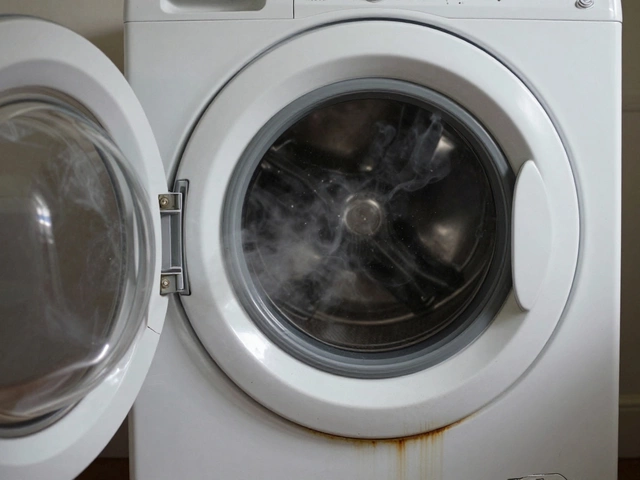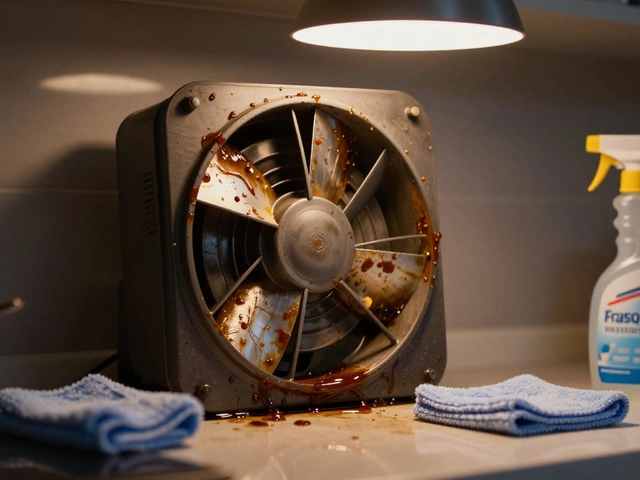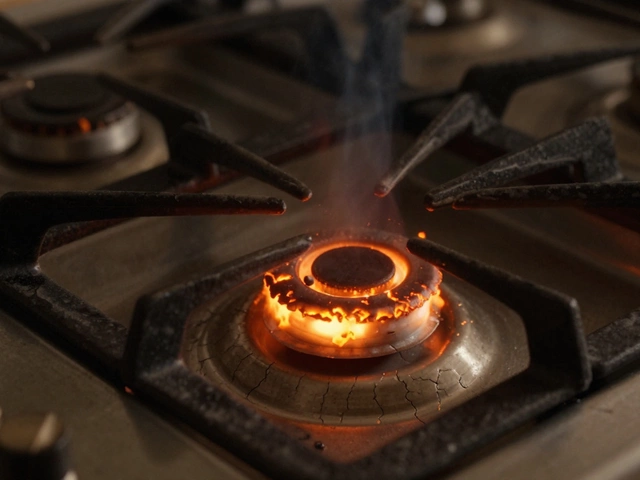Anode Rod Replacement – Simple Steps to Protect Your Water Heater
Every water heater has a hidden hero: the anode rod. It’s a cheap metal stick that eats away instead of the tank. When it’s gone, the tank starts rusting fast and you could lose a whole heater. That’s why swapping the rod before it’s dead saves money and hassle.
How to Know the Anode Rod Needs Replacing
The rod looks like a long, thick screw at the top of the heater. Pull it out and check the metal. If you see a lot of white crust, a lot of corrosion, or the rod is less than an inch thick, it’s time for a new one. Some homeowners count the years – most rods last 3‑5 years in hard water, up to 10 years in soft water.
DIY Anode Rod Replacement – What You Need and How to Do It
Grab a few basics: a new anode rod (match the size and material – magnesium, aluminum or zinc), an 18‑mm (or 3/4‑in) socket, a wrench, and a garden hose. Follow these steps:
1. Turn off power or gas. For electric tanks, flip the breaker. For gas, shut the gas valve.
2. Shut off cold water. Close the main supply valve to stop water flowing into the tank.
3. Drain a few gallons. Open a hot‑water faucet and let a bit of water out – this reduces pressure inside.
4. Locate the rod. It’s usually on top of the heater, covered by a small plastic cap.
5. Unscrew the old rod. Use the socket and wrench – it can be tight, so a little extra force is normal.
6. Insert the new rod. Thread it in clockwise until snug. Don’t over‑tighten – you want a solid seal but not stripped threads.
7. Re‑fill and restart. Open the water supply, let the tank fill, then turn the power or gas back on.
If the rod is stuck, a little penetrating oil can help, but don’t force it too hard. If you’re uncomfortable, call a pro.
Cost, Benefits and When to Call a Professional
A basic magnesium rod costs around £15‑£30. Adding labor, a plumber might charge £50‑£80 for the visit, so the whole job is usually under £120.
The payoff is big. A healthy rod stops rust, which means the tank lasts longer – often adding 5‑10 years to its life. It also keeps water tasting fresh and avoids costly leaks.
Call a professional if you have a sealed‑in tank (some modern models hide the rod), if the heater is still under warranty (you might void it by DIY), or if you notice leaks after the swap.
Bottom line: checking the anode rod every couple of years is a tiny effort that protects a big investment. Keep a spare rod on hand, note the replacement date, and you’ll enjoy hot water without surprise breakdowns.
Why Do Water Heaters Fail So Quickly? Common Causes and How to Avoid Them
- Alden Wilder
- Nov 10 2025
- 0 Comments
Water heaters often fail early due to sediment buildup, worn anode rods, and high temperatures. Learn how simple yearly maintenance can double your heater's lifespan and prevent costly leaks.
View MoreHow Much Does It Cost to Replace the Anode Rod in a Water Heater?
- Alden Wilder
- Mar 5 2025
- 0 Comments
Replacing the anode rod in a water heater is a cost-effective way to prolong its life and improve performance. Typical replacements range from $20 to $50 for DIY projects, though professional services may charge up to $200. Knowledge about the type and frequency of replacement can save homeowners from costly repairs. This article delves into cost factors, replacement tips, and why keeping an eye on the anode rod is vital for water heater health.
View More



